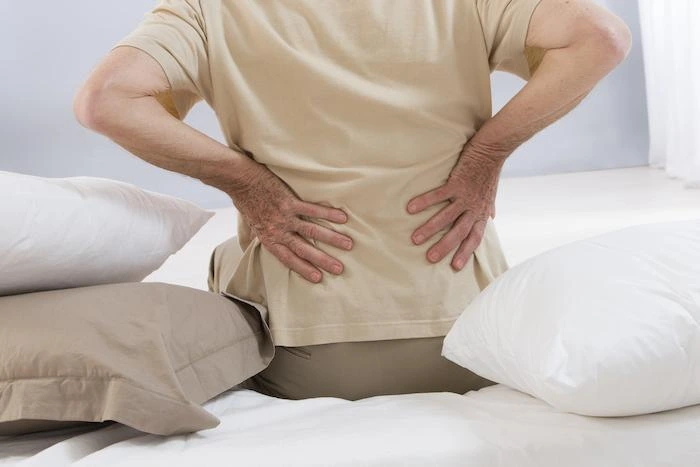Your body contains about 150 small, fluid-filled sacs called bursae designed to improve joint function by preventing hard and soft tissues from rubbing together. Think of them as very small cushions inside your joint that act as spacers.
However, when a tiny bursa sac becomes inflamed, it can cause disproportionate pain in your joint. This condition, called bursitis, is fairly common, especially in areas of your body you use the most.
If you suspect you have bursitis and you’re looking for the fastest road to pain-free movement, Dr. Anjum Bux and our team here at Bux Pain Management offer the following information.
When and where bursitis typically strikes
As we discussed, your body contains 150 naturally occurring bursae sacs from head to toe. Bursitis typically develops in bursa sacs located in hard-working joints and areas of your body, such as your:
- Shoulders
- Elbows
- Hips
- Knees
- Feet
In most cases, the pain and inflammation that are the hallmarks of bursitis come from overuse or overstress. For example, let’s say you install carpets for a living and spend a lot of time on your knees. If these joints aren’t well protected, you can develop knee bursitis.
Another common example is someone who repetitively uses an arm, such as a mechanic or painter, which can lead to shoulder bursitis.
In addition to overstressing a bursa sac, you can develop bursitis because of an infection. You can also be more vulnerable to bursitis if you have an inflammatory form of arthritis, such as rheumatoid arthritis or gout, or a metabolic condition like diabetes or thyroid disease.
Best treatments for bursitis
What you really want to know is: Can bursitis heal on its own? The answer is, in most cases, yes. You should give your bursitis a little time while you:
- Rest the affected area
- Ice the inflammation
- Take non-steroidal anti-inflammatory medications
If you feel any heat or see any redness in the area (and you develop a fever), this might indicate bursitis caused by an infection, and you should see your primary care provider for antibiotics.
Your best allies for bursitis caused by overstressing the joint are time, rest, and patience. Unfortunately, many of us are short on time, and bursitis may be in an area that we simply can’t rest, such as in your knee or hip or on the bottom of your foot.
In these cases, it may be helpful to come see us for a joint injection. We can administer a local anesthetic for immediate pain relief and a steroid to reduce the inflammation in your bursa sac. These injections can last for weeks or even months, but you should use this time wisely to prevent bursitis from returning, such as working with a physical therapist.
For expert diagnosis and treatment recommendations for your bursitis, please contact one of our four offices in Lexington, Cynthiana, Maysville, or Danville, Kentucky, to schedule an appointment.







